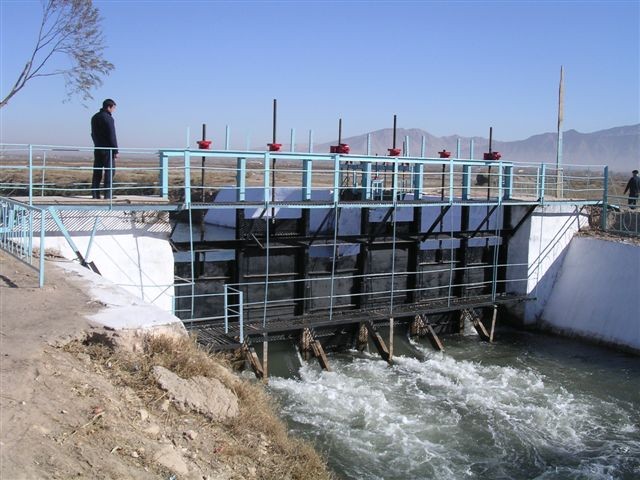
Tajikistan suffers from chronic food insecurity, particularly among children under 5 years old: one in three is stunted. While agriculture accounts for 75 percent of total employment and about a quarter of total GDP, only about 7 percent of Tajikistan’s land surface is arable. Approximately 70 percent of the population lives in rural areas where often the only paid jobs are seasonal agricultural labor on cotton farms or unpaid work tending household farms.
USAID addresses the root causes of hunger in Tajikistan through accelerated agricultural development and improved nutrition as part of the U.S. Government’s Feed the Future initiative. The Feed the Future strategy for hunger and poverty reduction in Tajikistan is focused on the Khatlon Province in the southwest region of the country along the border with Afghanistan. Khatlon is a key region for agricultural production, and it also has the highest rates of under-nutrition and the largest number of people living below the poverty line in the country. Khatlon’s irrigated lands and cotton-dominated agricultural production are promising places to demonstrate the effect of water and land reforms. Over 200,000 vulnerable Tajik family members—mostly smallholder farmers—will receive targeted assistance to escape hunger and poverty. Significant numbers of other population groups will achieve improved income and nutritional status from strategic policy engagement and institutional reforms.
Commitments to inclusive agricultural growth and health improvements will raise the incomes of the poor, increase the availability of food, and reduce under-nutrition. The resulting improvements in food security in Tajikistan are also expected to increase social cohesion, strengthen state institutions, and ultimately support regional stability.
Results:
- USAID worked with farmers and agribusinesses to improved agricultural productivity, contributing to over $2 million in increased farm revenue in 2011. By encouraging agribusinesses to adopt industry best practices, USAID helped them increase sales by $1.53 million.
- USAID programs trained 30,000 rural residents on land-use rights and provided one-on-one legal aid consultations on land rights to 12,000 people. Having rights to farm allows for more control over which crops to plant and ensures that land will not be taken away capriciously.
- USAID established 56 community-level water users’ associations, to improve community control, management, and investment in farm irrigation. Improved water availability has enabled farmers to double their income and has benefited over 200,000 people.








Comment
Make a general inquiry or suggest an improvement.